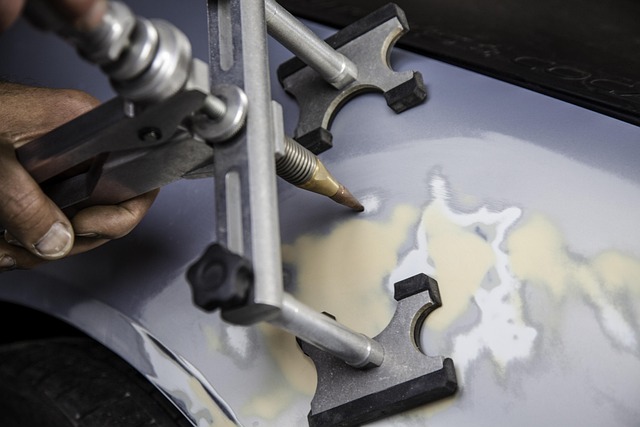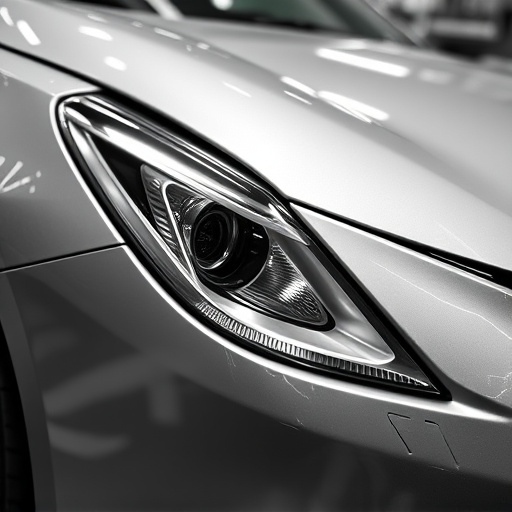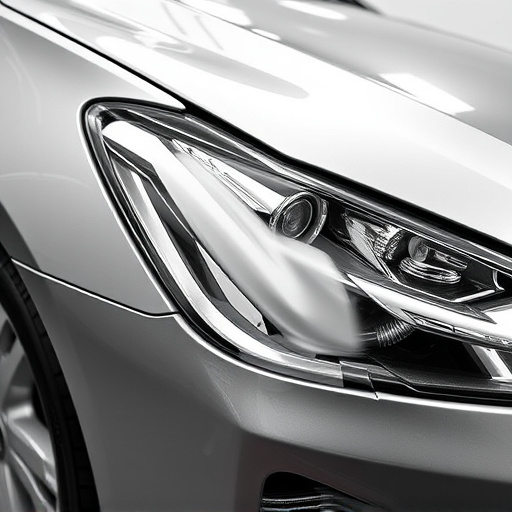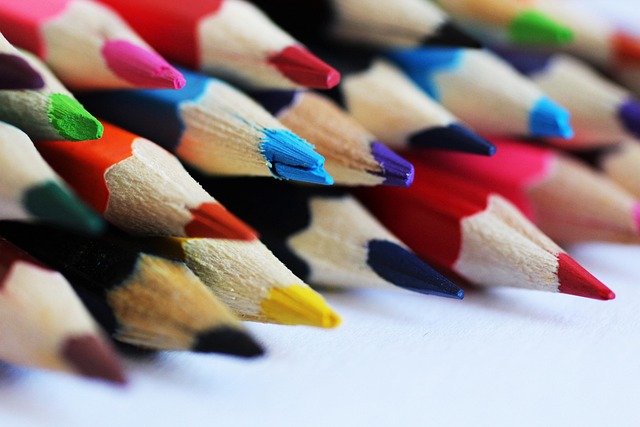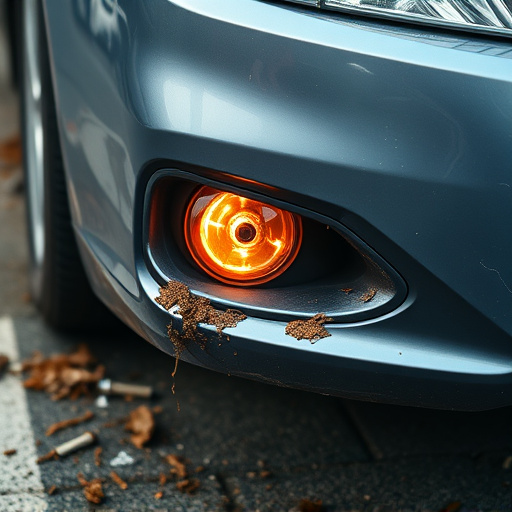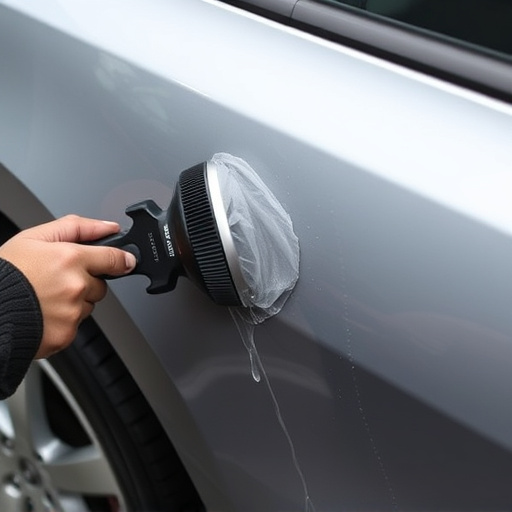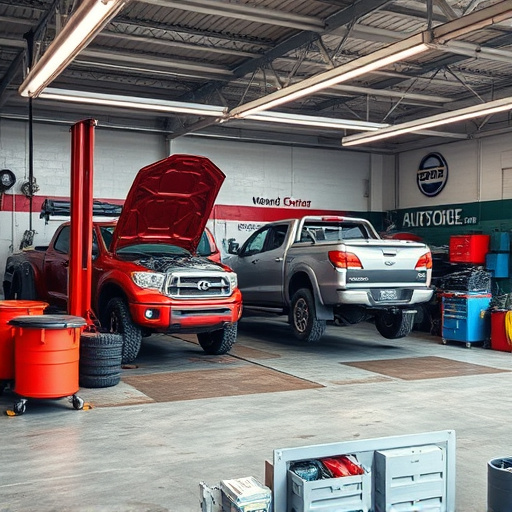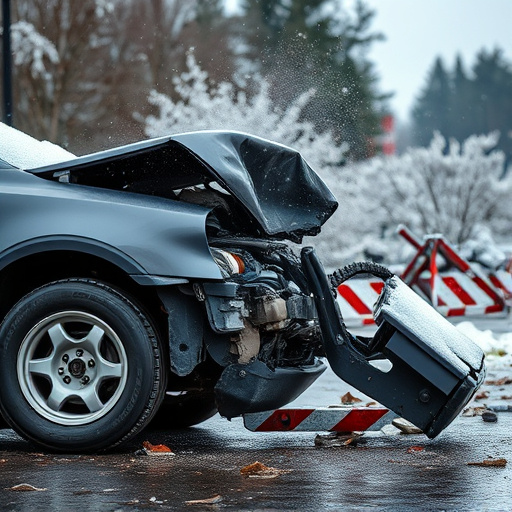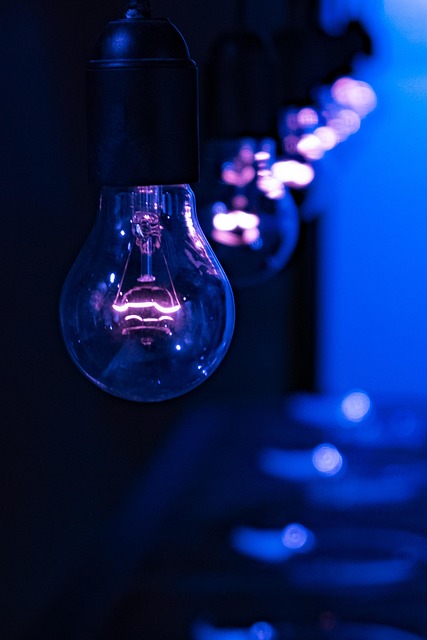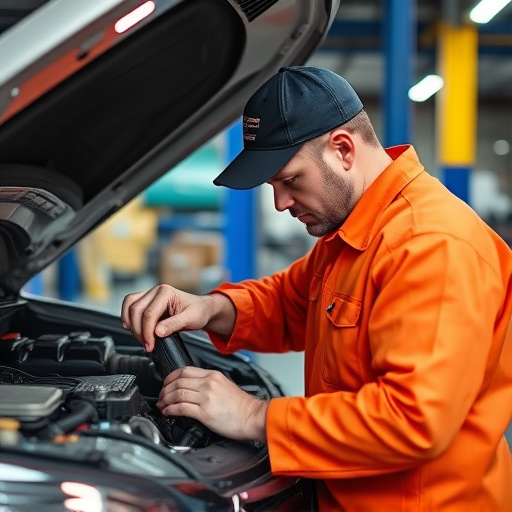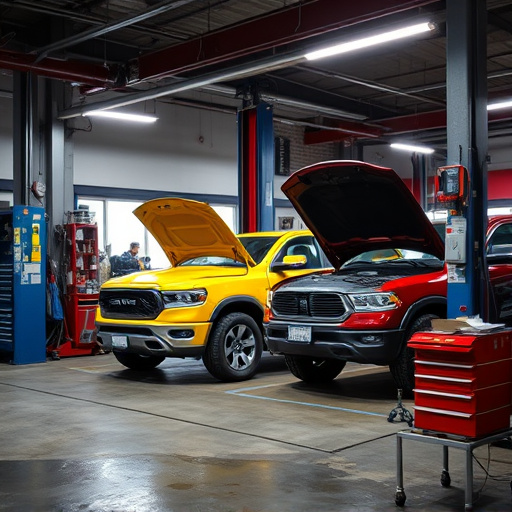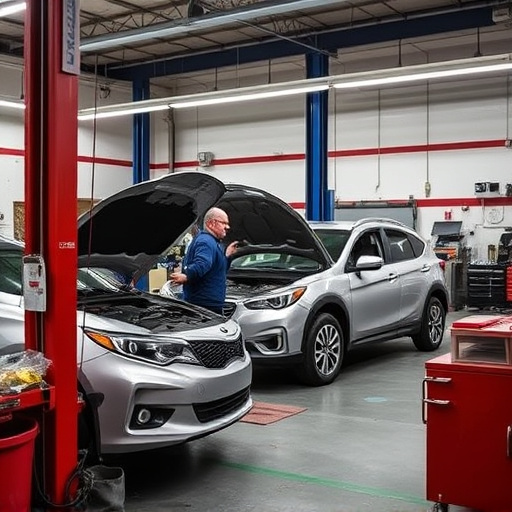UV curing systems have revolutionized vehicle repairs, offering swift and efficient solutions for collision centers and body shops. These technologies use ultraviolet light to instantly harden adhesives and coatings, significantly reducing repair times compared to traditional methods. Benefits include increased productivity, robust bond strength, minimal vehicle downtime, and superior quality repairs. Future advancements promise even faster UV curers with lower energy consumption, further streamlining body shop operations while maintaining safety and environmental sustainability.
“UV curing systems have emerged as a game-changer in the automotive repair industry, revolutionizing traditional drying methods. This article delves into the inner workings of UV curing technology and its myriad benefits for vehicle repairs. We explore how this innovative system reduces drying times, enhances product performance, and contributes to more efficient and sustainable automotive care. By understanding the advantages of UV curing over conventional methods, professionals can optimize their workflows and deliver superior results.”
- Understanding UV Curing Systems: How They Work and Their Benefits in Vehicle Repairs
- Advantages of UV Curing Over Traditional Drying Methods
- Best Practices and Future Trends in Implementing UV Curing for Automotive Applications
Understanding UV Curing Systems: How They Work and Their Benefits in Vehicle Repairs
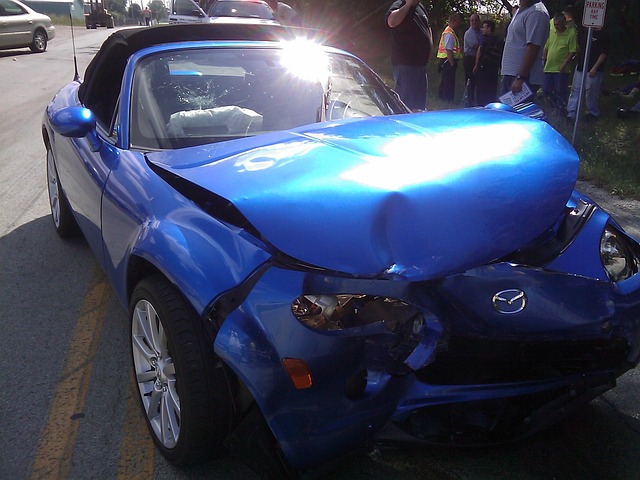
UV curing systems have revolutionized the landscape of vehicle repairs, offering a game-changing solution for auto collision centers and vehicle body shops. These innovative technologies harness the power of ultraviolet light to accelerate the hardening process of adhesives and coatings used in collision repair. Unlike traditional drying methods, UV curing provides near-instantaneous results, significantly reducing the time required for a vehicle to be restored to its pre-accident condition.
In a bustling collision repair center, where efficiency is paramount, UV curing systems stand out as an indispensable asset. They not only enhance productivity but also ensure superior bond strength and durability. This advanced technology benefits both the workshop and its customers by streamlining the repair process, minimizing downtime, and ultimately delivering high-quality, long-lasting repairs.
Advantages of UV Curing Over Traditional Drying Methods
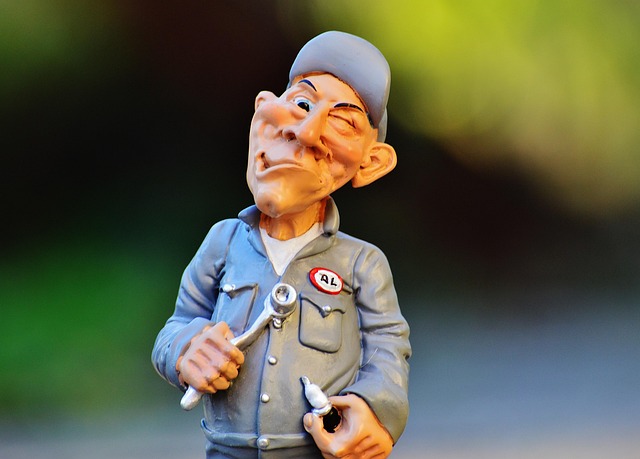
UV curing systems offer a significant advantage over traditional drying methods in vehicle repairs, particularly for tasks like auto painting and vehicle dent repair. The primary benefit lies in their speed and efficiency; UV lights can rapidly cure resins and paints, reducing dry times from hours to just minutes. This not only expedites the repair process but also increases productivity in workshops, allowing them to handle more vehicles in a shorter time frame.
Moreover, UV curing systems provide superior results for auto dent repair by ensuring consistent and even drying without leaving behind streaks or spots that can occur with conventional drying methods. The precision of UV light allows for quicker and more accurate repairs, enhancing the overall quality of the work. Additionally, these systems are environmentally friendly as they reduce the need for harsh chemicals often used in traditional drying processes.
Best Practices and Future Trends in Implementing UV Curing for Automotive Applications
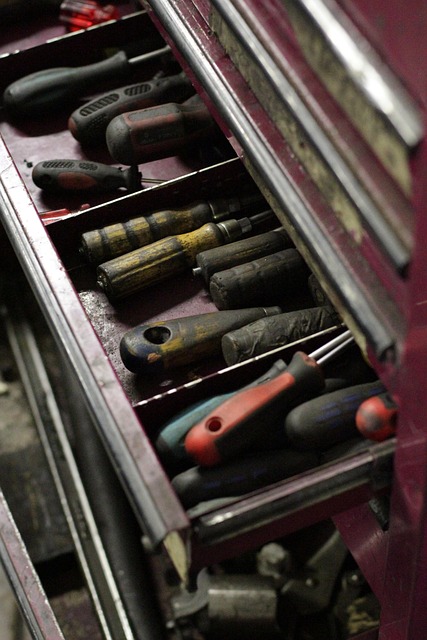
The future of UV curing systems in automotive applications looks bright, with advancements pushing the technology to new heights. One promising trend is the development of more efficient and faster UV curers, enabling quicker drying times for auto painting and dent removal processes. This not only streamlines operations in automotive body shops but also reduces overall energy consumption.
Best practices suggest that implementing UV curing systems requires careful consideration of the specific requirements of each automotive application. For instance, selecting the right UV wavelength and intensity is crucial to ensure optimal cure speeds without compromising material integrity. Additionally, proper training for technicians on the safe handling of UV lights and resins is essential to prevent accidents and maximize the benefits of this innovative technology in both efficiency and quality outcomes for auto painting and dent removal tasks.
UV curing systems have emerged as a game-changer in vehicle repairs, offering numerous advantages over traditional drying methods. Their ability to swiftly and efficiently cure adhesives and coatings enhances productivity and reduces wait times for customers. By minimizing the need for manual labor and environmental impact, UV curing becomes not just a technological advancement but also an eco-friendly solution. As the automotive industry continues to evolve, adopting best practices and exploring future trends in UV curing will be key to staying ahead, ensuring superior repair quality and customer satisfaction.
